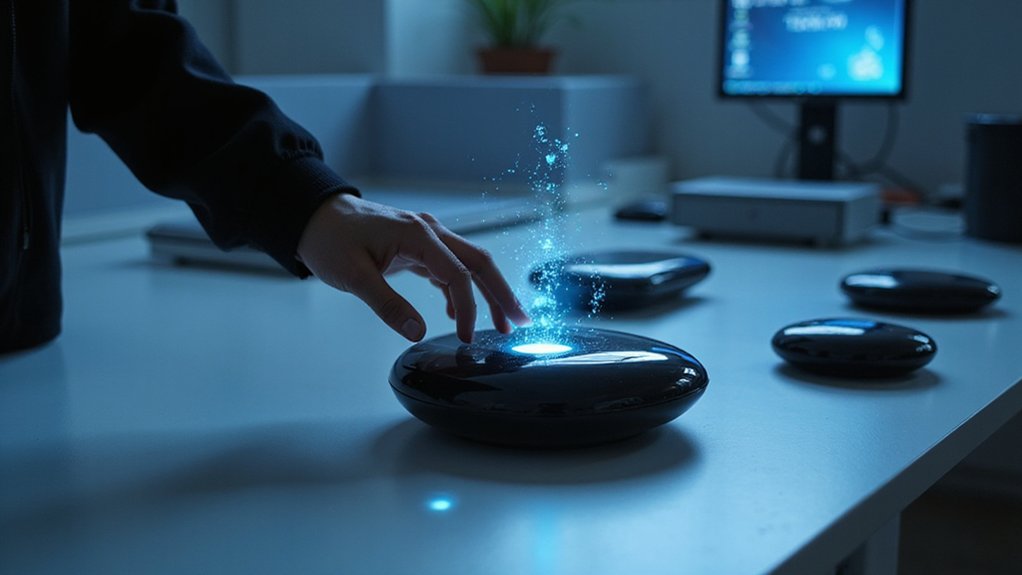The tech world’s latest moonshot has arrived, courtesy of OpenAI’s ambitious foray into physical hardware.
The AI powerhouse has revealed plans to ship an astonishing 100 million AI companion devices upon launch, a scale that suggests not merely a product release but a paradigm shift in consumer technology.
This audacious initiative, developed in collaboration with former Apple design chief Jony Ive following OpenAI’s $6.5 billion acquisition of Ive’s startup io, aims to transform these pocket-sized gadgets into constant, seamless companions integrated into users’ daily lives.
OpenAI’s trajectory from software sensation to hardware hopeful reflects its meteoric rise in the AI landscape.
From algorithmic pioneer to physical presence, OpenAI’s evolution mirrors its lightning-fast ascendancy in AI’s competitive firmament.
Despite not being first to market, the company captured dominant market share with ChatGPT becoming the fastest-growing app in history.
This success catalyzed a valuation surge from $157 billion to $300 billion in just five months—the kind of growth trajectory that emboldens executives to contemplate hardware gambits that would give pause to more risk-averse enterprises.
The devices themselves remain shrouded in strategic secrecy, though Ive characterizes the project as a “new design movement” reminiscent of Apple’s renowned hardware-software integration philosophy.
Rather than competing directly with existing technology, these AI companions are positioned to complement smartphones and laptops while opening an entirely new category of interaction.
They’re envisioned as intelligent extensions of users, making AI tangible rather than merely accessible through screens.
With nearly 800 million weekly ChatGPT users already in its ecosystem, OpenAI possesses a built-in audience for its hardware debut.
The company’s emphasis on sophisticated design and seamless functionality suggests these devices will attempt to normalize AI in everyday public use, potentially redefining consumer expectations of artificial intelligence from purely digital tools to physical allies.
These devices will likely leverage OpenAI’s upcoming GPT-5 router system that intelligently delegates tasks to specialized underlying models for optimal performance.
The focus on bridging technology and users represents OpenAI’s fundamental strategy to create products that feel natural and intuitive rather than complex and intimidating.
OpenAI’s approach appears to incorporate elements of vibe coding where users can describe their needs in natural language rather than technical specifications.
Whether this hardware pivot represents visionary foresight or overreach remains to be seen, but it unquestionably signals OpenAI’s determination to extend its dominance beyond algorithms into the physical world we inhabit.








